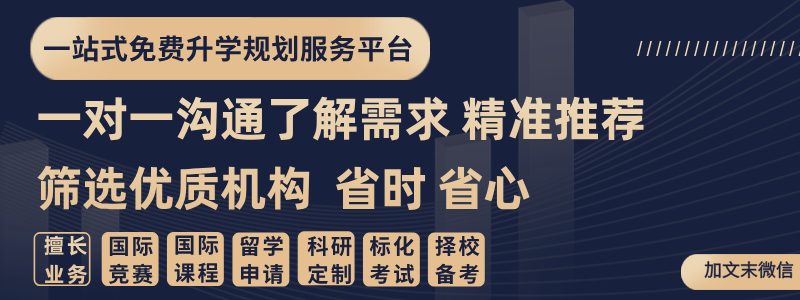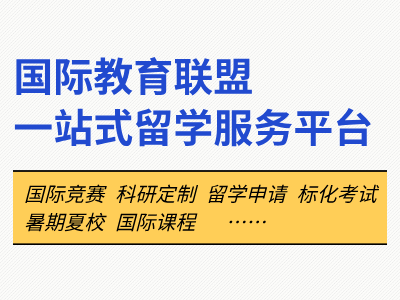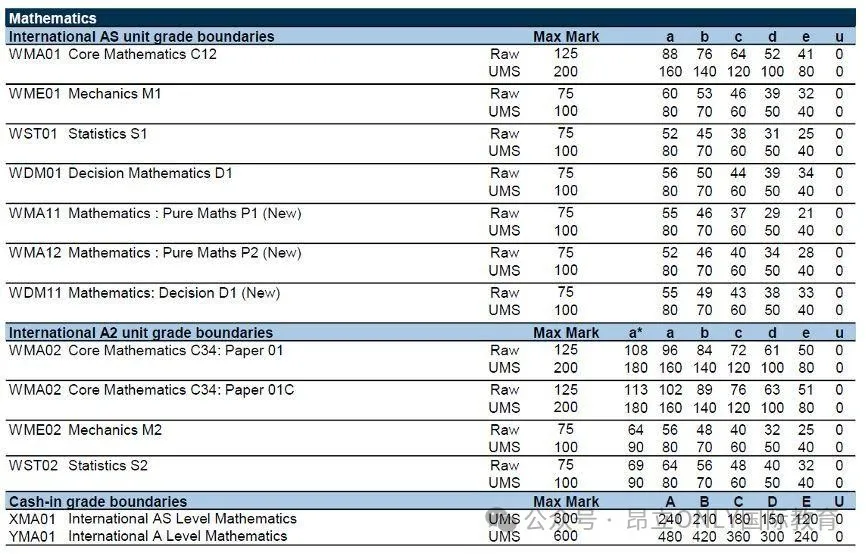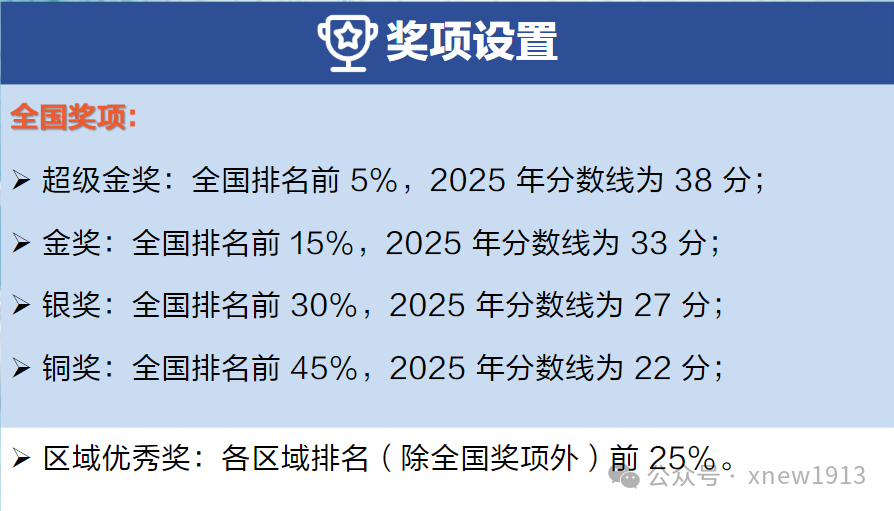今天要跟大家分享的是IGCSE经济Price elasticity of demand (PED部分的详细笔记。
定义、计算、及PED数值分析
ThePrice elasticity of demandof a product refers tothe responsiveness of the quantity demanded for it to changes in its price.
PED (of a product) = % change in quantity demanded /% change in price

For example, calculate the price elasticity of demand of Coca-Cola from this diagram.
PED= [(500-300/300)*100]/[(80-60/80)*100] =66.67 / 25 = 2.67
In this example, the PED is 2.67, that is, the % change in quantity demanded was higher than the % change in the price. This means,a change in price makes a higher change in quantity demanded.These products have apriceelastic demand. Their values are always above 1.

When the % change in quantity demanded is lesser than the % change in price, it is said to have a priceinelastic demand. Their values are always below 1.A change in price makesa smaller change in demand.

When the % change in demand and price are equal, that is value is 1, it is calledunitary priceelastic demand.

-
When the quantity demanded changes without any changes in price itself, it is said to have anperfect priceelastic demand.The values of PED isinfinite.

When the price changes have no effect on demand whatsoever, it is said to have a perfect price inelastic demand. The values of PED is is 0.
影响PED的主要因素
·Number of substitutes:
if a product has many substitute products it will have an elastic demand. For example, Coca-Cola has many substitutes such as Pepsi and Mountain Dew. Thus a change in price will have a greater effect on its demand (If price rises, consumers will quickly move to the substitutes and if price lowers, more consumers will buy Coca-Cola).
·Time period:
demand for a product is more likely to be elastic in the long run. For example, if the price rises, consumers will search for cheaper substitutes. The longer they have, the more likely they are to find one.
·Proportion of income spend on commodity:
goods such as rice, water (necessities) will have an inelastic demand as a change in price won’t have any significant effect on its demand, as it will only take up a very small proportion of their income. Luxury goods such as cars on the otherhand, will have a high price elastic demand as it takes up a huge proportion of consumers’ incomes.












